Lose 20 Pounds in 75 Days with the Flexitarian Diet
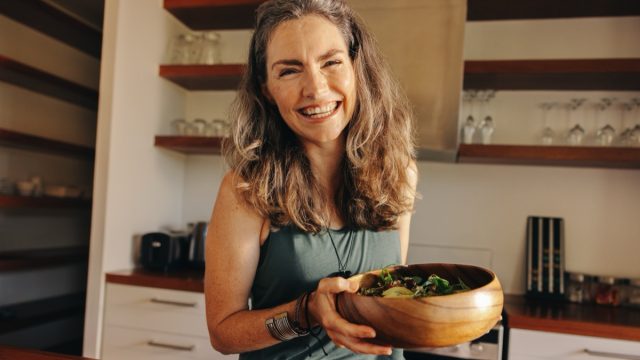
The flexitarian diet is a cross between a vegan/vegetarian diet, with the addition of meat now and then. "I think people are attracted to this diet because you can be a little bit more flexible on it," Kate Patton, MEd, RD, CSSD, LD, tells the Cleveland Clinic. "Most diets imply a start and stop, and the weight can creep back on, but the flexitarian diet places a large emphasis on eating a mostly plant-based diet, which is always recommended for long-term weight loss." Here's how to lose 20 pounds with the flexitarian diet.
More Vegetables
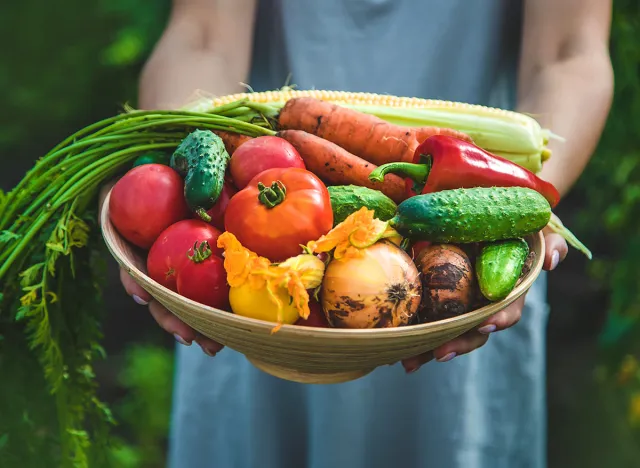
Vegetables are packed with necessary nutrients and fiber, which helps make weight loss easier—but some are better than others. "Among vegetables, soybeans, cauliflower, Brussels sprouts, broccoli, and leafy greens were the winners," says Harvard Health. "On the other hand, eating starchy vegetables like corn, peas, and potatoes was associated with weight gain."
Lots of Fruit
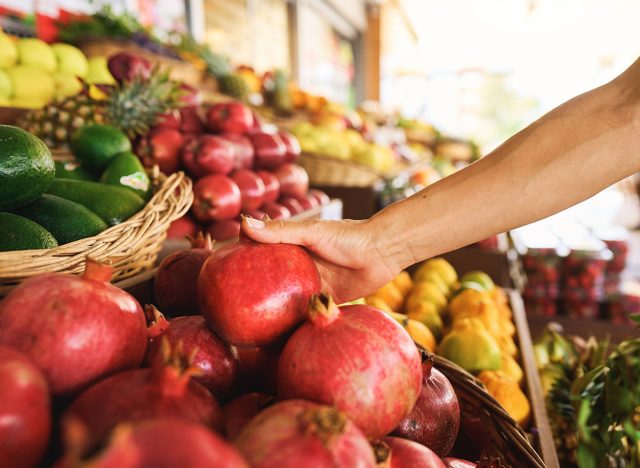
Choose low-sugar fruits like berries and avocados to enjoy the flexitarian diet while maintaining weight loss. "Studies co-authored by Harvard Chan School researchers have found that eating blueberries can lower the risk of Type 2 diabetes; that eating foods high in anthocyanins (mostly blueberries and strawberries) can help people keep weight off; and that berry consumption can reduce the risk of heart attack and boost learning and memory," says Harvard Health.
Legumes For the Win
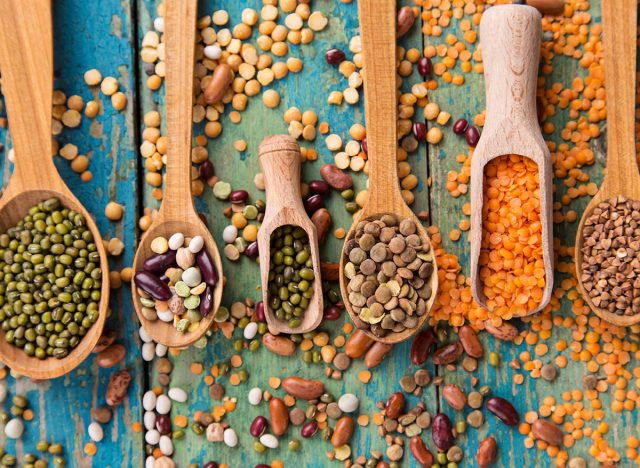
Legumes are full of fiber, which promotes satiety and encourages weight loss. "Eating more legumes as part of a healthy diet can help lower blood sugar and blood pressure," according to MedlinePlus. "Beans and legumes contain antioxidants that help prevent cell damage and fight disease and aging."
Be Picky About Meat
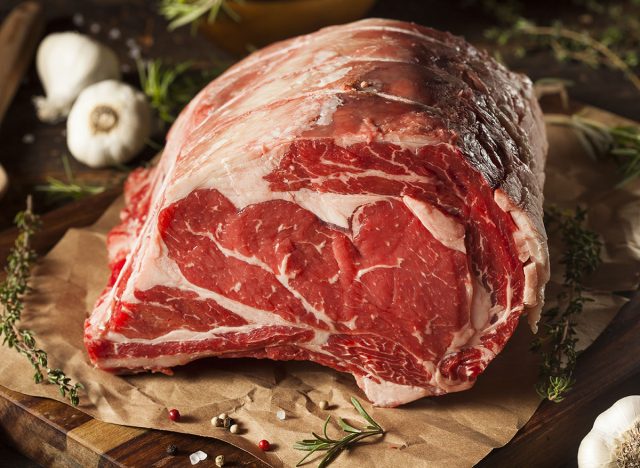
You can eat meat two days a week, no more than 9 ounces in total. "Remember, the overall goal of the flexitarian diet is to eat more nutritious plant foods and less meat," says the Cleveland Clinic. "When you do incorporate meat into your diet, choose organic, free-range, pasture-raised or grass-fed beef, chicken or turkey. And always choose leaner cuts to minimize extra animal fat."
Be Mindful of Calories
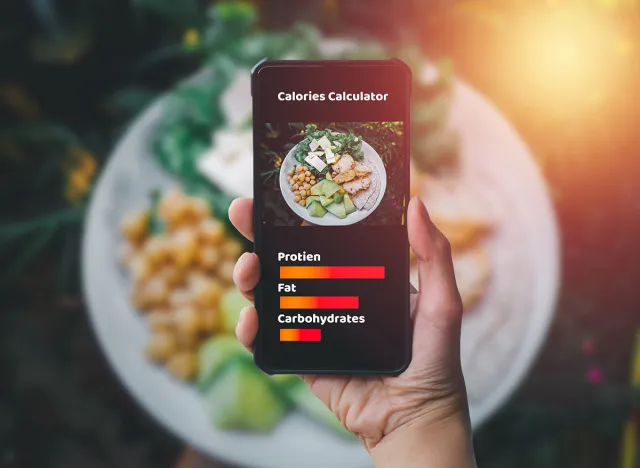
Use a calorie calculator to figure out exactly how many calories you need to be in a deficit. Losing weight is about eating less than you burn off, no matter what diet you're on. The flexitarian diet can make this process easier with an emphasis on satiating foods.
Whole Grains
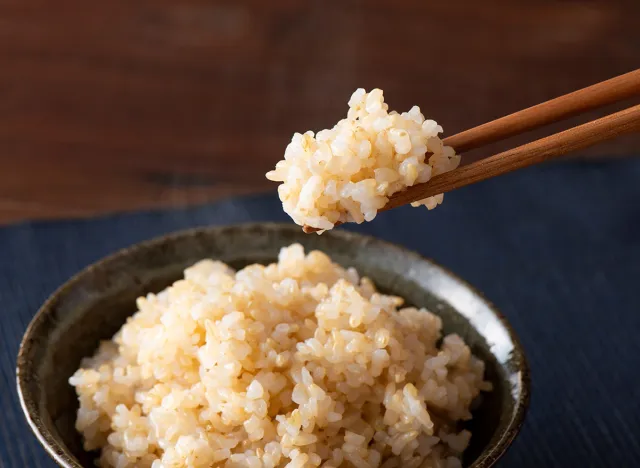
The flexitarian diet encourages the consumption of whole grains, which can help with weight loss. "Whole grains have all parts of the grain," says the Mayo Clinic. "Whole-grain flour is ground from whole grains. Examples of whole-grain food include brown rice, oatmeal and whole-grain breads."
Make It Fun
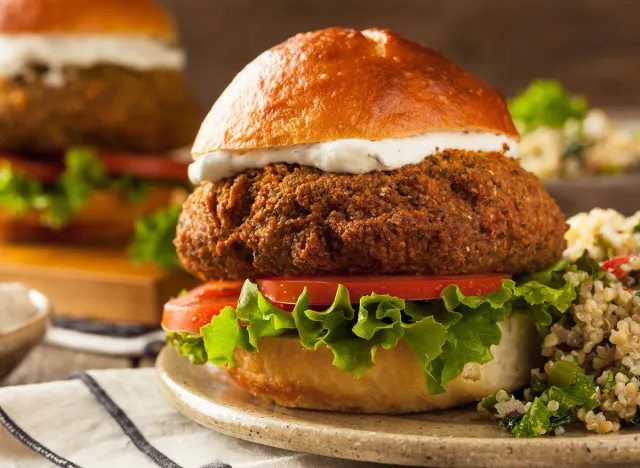
Try to make your own plant-based recipes. "Focusing on plant-based foods and not eating as much meat can be really hard for some people," Patton says. "But nowadays, you can find great bean-based burgers, canned bean and lentil soup, and bean-based pasta to start off, but eventually, it's even better to make your own homemade versions. Don't be afraid to get adventurous with this diet!"
RELATED: 4 Steps to Lose Your PCOS Belly Fat in 4 Weeks
Avoid Processed Meat
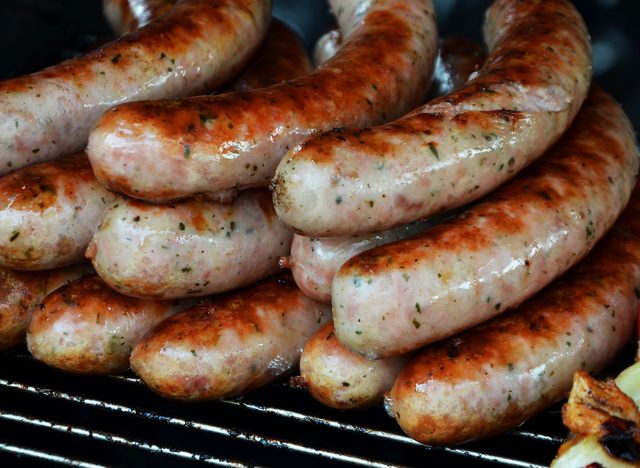
"If you include red meat occasionally, be sure that it's mostly unprocessed red meat," says the American Institute For Cancer Research. "Processed meats (like bacon, sausage, salami and hot dogs) pose a greater cancer risk, so it's best to save them for much more occasional use."
Fatty Fish
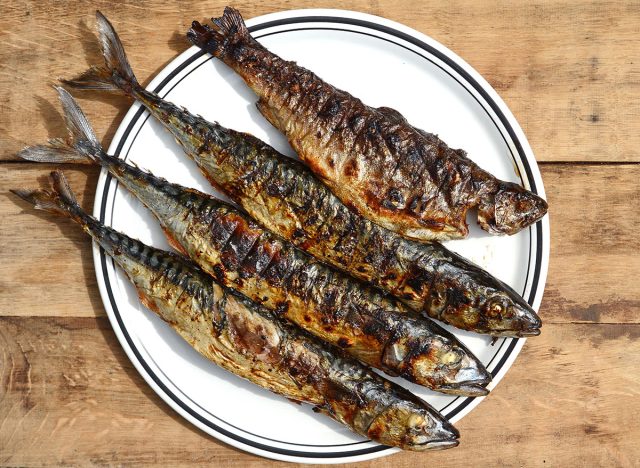
Fatty, oily fish offer many health and weight loss benefits. "Since the flexitarian diet isn't truly vegan or vegetarian, you can decide yourself if you want to incorporate fish," says the Cleveland Clinic. "Just be sure to choose wild-caught varieties."
Be Mindful of Overall Health

"Plant-based diets offer all the necessary protein, fats, carbohydrates, vitamins, and minerals for optimal health, and are often higher in fiber and phytonutrients," Katherine D. McManus, MS, RD, LDN, tells Harvard Health. "However, some vegans may need to add a supplement (specifically vitamin B12) to ensure they receive all the nutrients required."
Get Moving

Movement is an important part of weight loss, good for both health and fat-burning. Even just walking every day can make a big difference in calories burned and overall health and happiness. For bonus fat burning, start lifting weights.
RELATED: I'm a Doctor, and Here are My Pro Ozempic Tips You Should Know
Long Term Goals
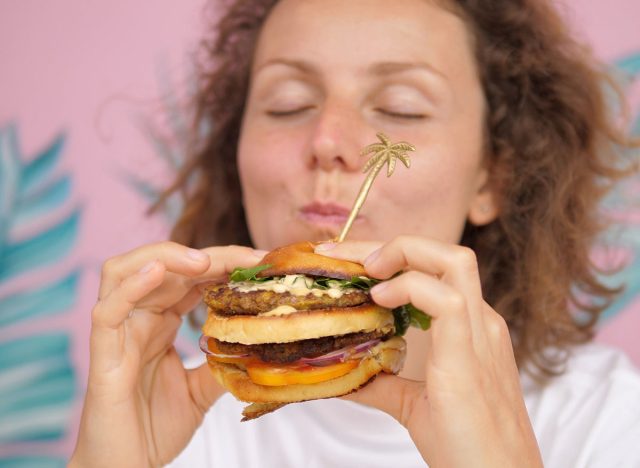
The flexitarian diet is effective because it can be maintained long-term."The majority of consumers for this diet are looking for a way to eat healthy without fully committing to a vegetarian or vegan diet," says Western Oregon University.
"This diet allows you to have the best of both worlds because, unlike almost every other diet, there is nothing that you have to completely eliminate from your life. When you really crave that hamburger, this diet says, 'Eat that burger! ( maybe only once a week)'." And if you enjoyed this article, take advantage of these 15 Quick Ways to Lose Body Fat Percentage in a Week.




